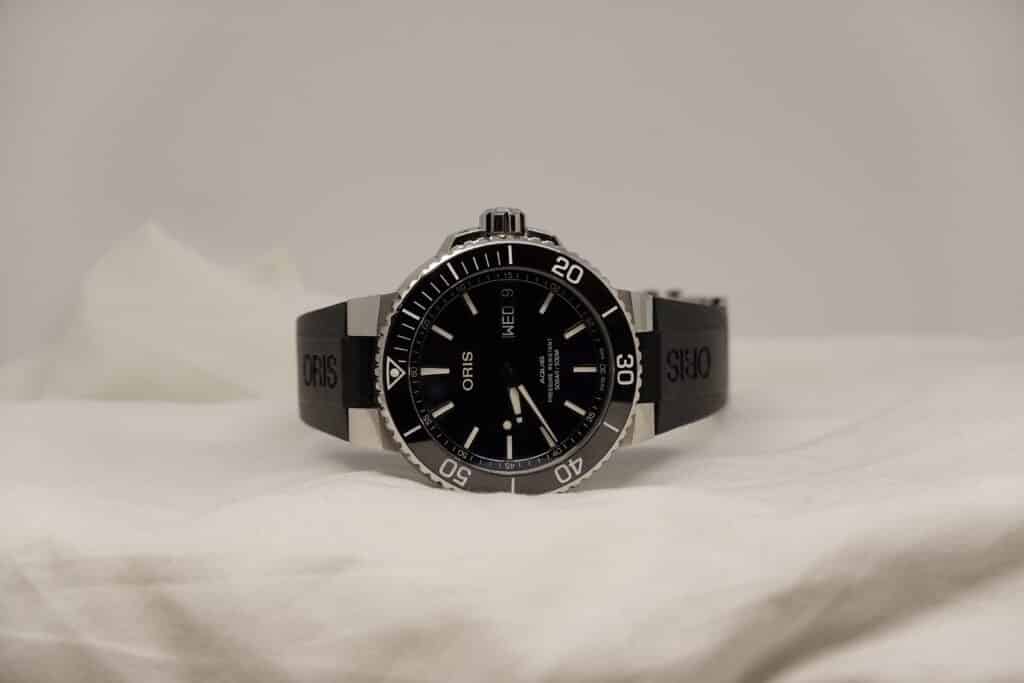The story of the TAG Heuer Monaco watch

The Monaco watch from TAG Heuer has a fascinating story behind its creation. Introduced in 1969, it quickly became an iconic timepiece that pushed the boundaries of watch design and technology. Here’s the story of the Monaco watch:
The Concept:
TAG Heuer, known for its innovative spirit, aimed to create a watch that would stand out from traditional designs and appeal to a younger, trendsetting audience. They sought to develop a watch that would capture the excitement and glamour of the Monaco Grand Prix, one of the most prestigious and historic Formula One races.
The Collaboration:
TAG Heuer collaborated with the Swiss watchmaker Breitling, the movement manufacturer Dubois Dépraz, and the case manufacturer Piquerez to bring their vision to life. The teams worked together to create a cutting-edge watch that would make a bold statement in both design and functionality.
A Revolutionary Design:
The Monaco watch was unlike anything the watch industry had seen before. Its most distinctive feature was its square-shaped case, which was a radical departure from the traditional round or rectangular watch cases of the time. This design was the brainchild of Jack Heuer, the great-grandson of the company’s founder and the visionary behind the Monaco watch.
The groundbreaking design extended to the dial as well. The Monaco watch featured a blue metallic dial with contrasting white chronograph sub-dials, creating a striking visual impact. The prominent placement of the crown on the left side of the case, as opposed to the conventional right side, added to its unique charm.
Mechanical Innovation:
The Monaco watch also boasted significant technical advancements. It was the first automatic chronograph watch to be powered by a self-winding movement, making it highly sought after by watch enthusiasts and collectors. The movement, known as the Calibre 11, was a joint effort between TAG Heuer, Breitling, and Dubois Dépraz, combining their expertise to create a reliable and precise mechanism.
Hollywood Connection:
The Monaco watch gained further fame when it appeared on the wrist of actor Steve McQueen in the 1971 film “Le Mans.” McQueen played the role of a race car driver, and his choice to wear the Monaco watch on screen catapulted its popularity to new heights. The film’s high-octane racing scenes and McQueen’s effortless style solidified the Monaco’s association with the world of motorsports.
Legacy:
Over the years, TAG Heuer has continued to refine and expand the Monaco collection. New models have been introduced, featuring various materials, colors, and movements, while still retaining the iconic square shape that defines the watch’s character. The Monaco remains an integral part of TAG Heuer’s heritage and an enduring symbol of innovation, racing heritage, and timeless style.
Today, the Monaco watch continues to captivate watch enthusiasts and collectors worldwide, embodying the spirit of daring design and precision that TAG Heuer is renowned for.



Responses